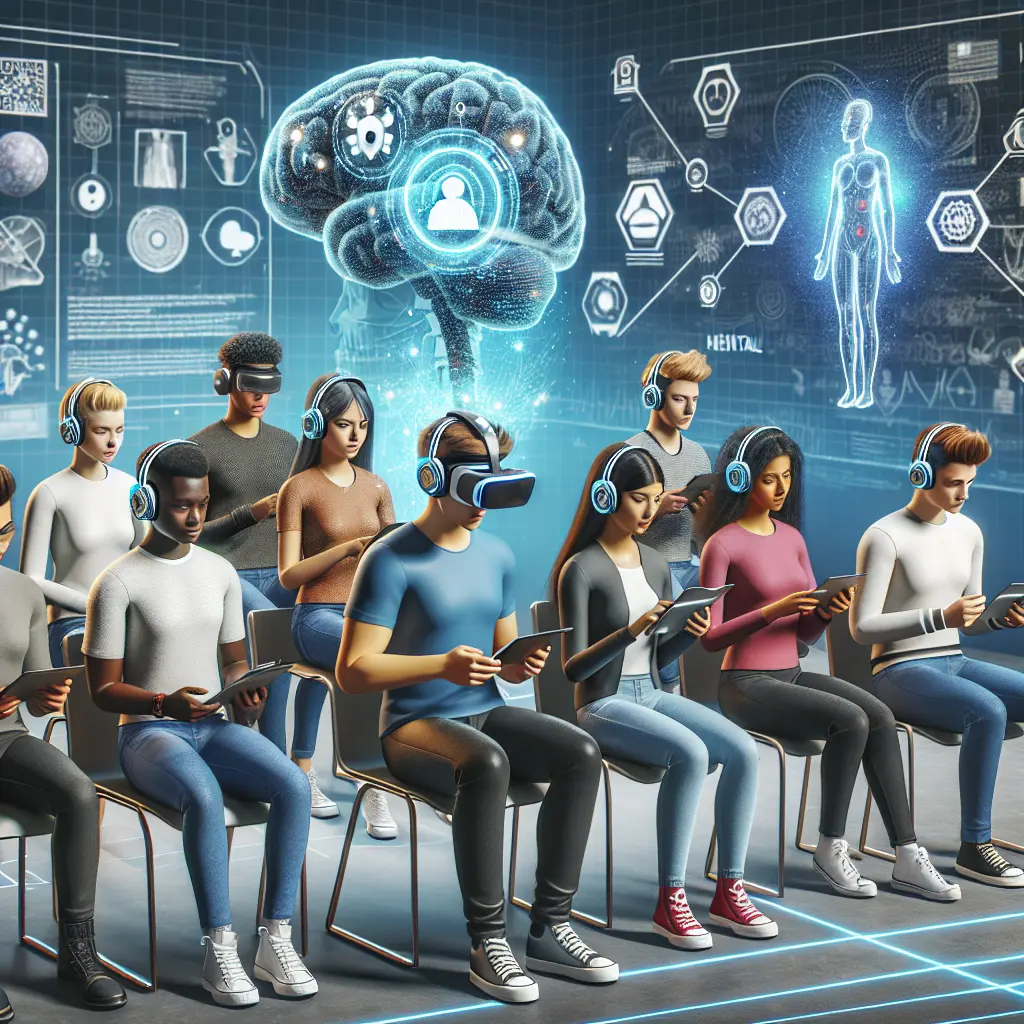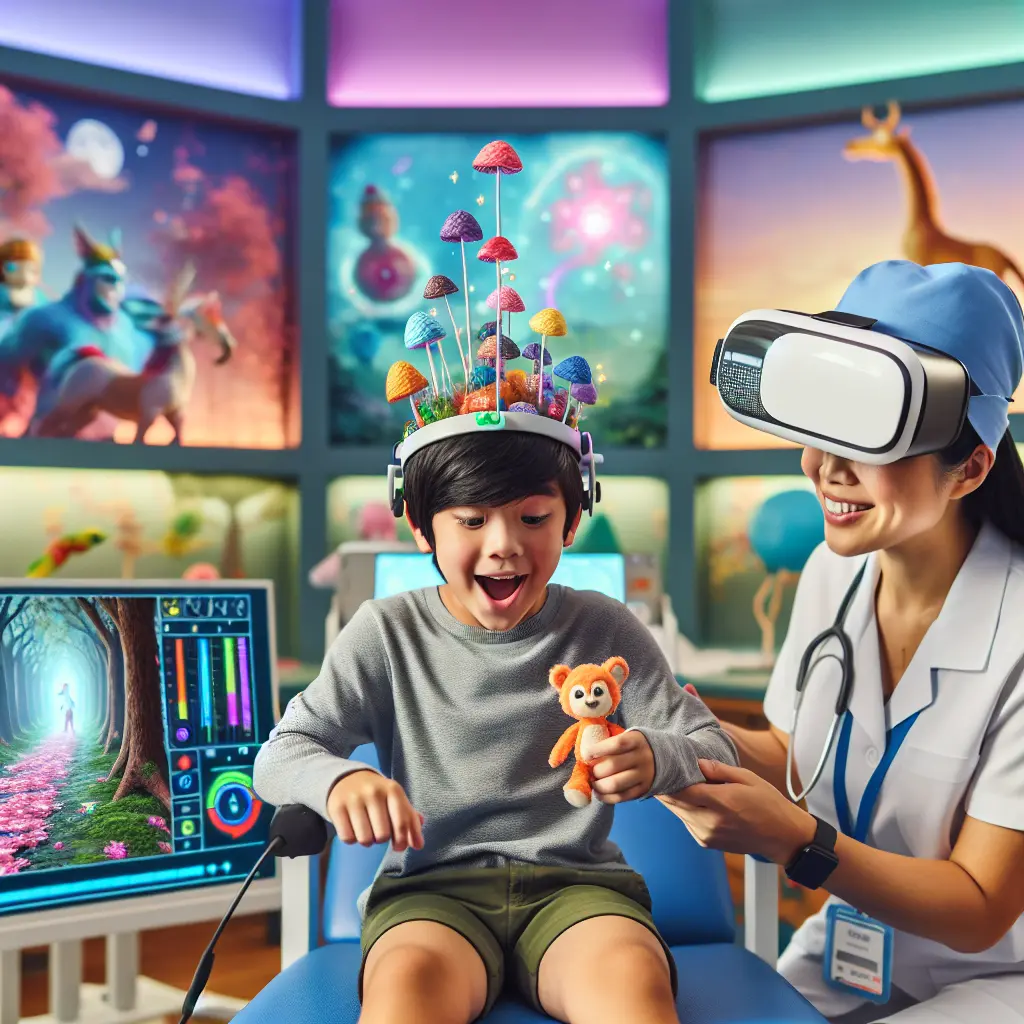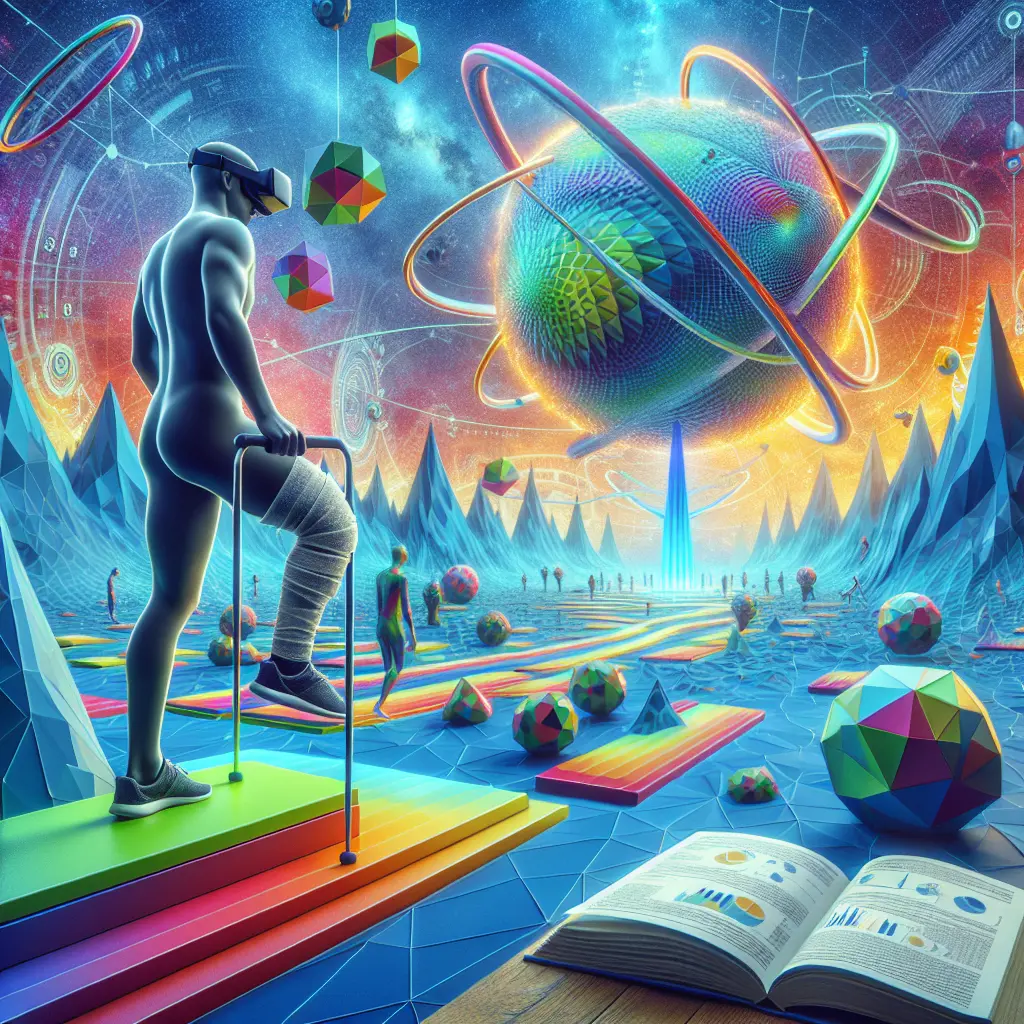The integration of cutting-edge technologies like extended reality (XR) and artificial intelligence (AI) is revolutionizing the landscape of mental health education and therapy.
In recent years, the rapid advancement of digital technology has created new possibilities in the field of mental health. One notable example is Taylor’s University, which has been pioneering the integration of XR and AI to enhance mental health education. These technologies are not just changing how future therapists are trained; they are reshaping the entire therapeutic experience.
The Role of Extended Reality in Therapy
Extended Reality, which encompasses virtual reality (VR), augmented reality (AR), and mixed reality (MR), offers immersive environments that can be tailored to specific therapeutic needs. Here’s how XR is making a difference:
Exposure Therapy: VR can simulate environments for exposure therapy, allowing patients to confront fears and anxieties in a controlled setting.
Stress Reduction: VR experiences can provide calming environments, helping reduce stress and anxiety for users.
Skill Development: Patients can practice social interactions or coping strategies in a safe, virtual environment.
Artificial Intelligence: Enhancing Precision and Personalization
Artificial intelligence complements XR by providing detailed data analysis and personalized therapy solutions. AI can:
Analyze Patient Data: By assessing large amounts of data, AI can help identify patterns and predict mental health issues before they become severe.
Tailor Therapies: Personalized treatment plans can be developed by analyzing individual progress and response to therapies.
Improve Accessibility: AI-driven applications can offer 24/7 support, ensuring patients have access to resources whenever they need them.
A New Frontier for Education
The Future of Mental Health Therapy
For institutions like Taylor’s University, the incorporation of XR and AI into their curriculum is preparing students to become the next generation of mental health professionals. By learning in simulated environments that mimic real-life scenarios, students gain practical experience before entering the workforce. This approach is crucial in equipping them with the skills needed to handle diverse cases effectively.
Moreover, these technologies foster a deeper understanding of mental health conditions and innovative treatment strategies, thus improving the quality of care provided by future practitioners.
As we move forward, the use of XR and AI in therapy promises to break down barriers and democratize access to mental health care. By making therapy more engaging and effective, these technologies have the potential to reach individuals who might otherwise be hesitant to seek help.
With ongoing advancements, the integration of XR and AI is likely to expand further, offering unprecedented opportunities for innovation in therapy and education alike.
For more insights on how technology is reshaping mental health education, visit this article.









Leave a Comment